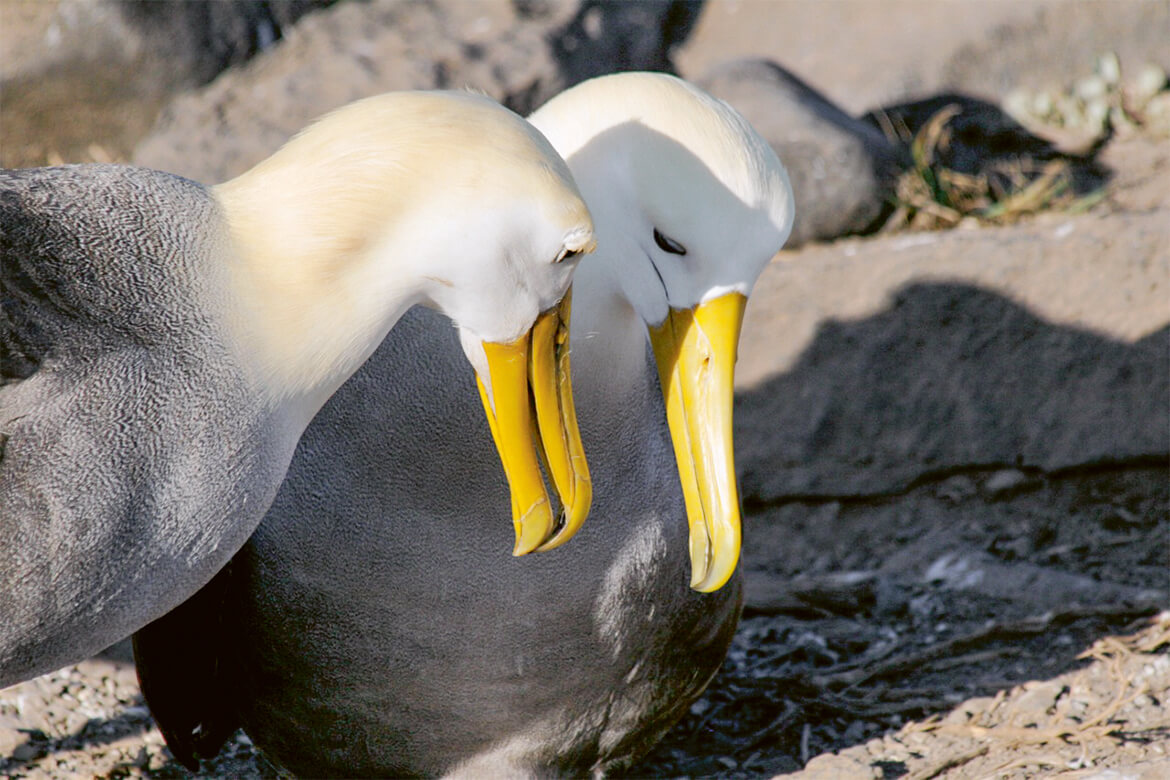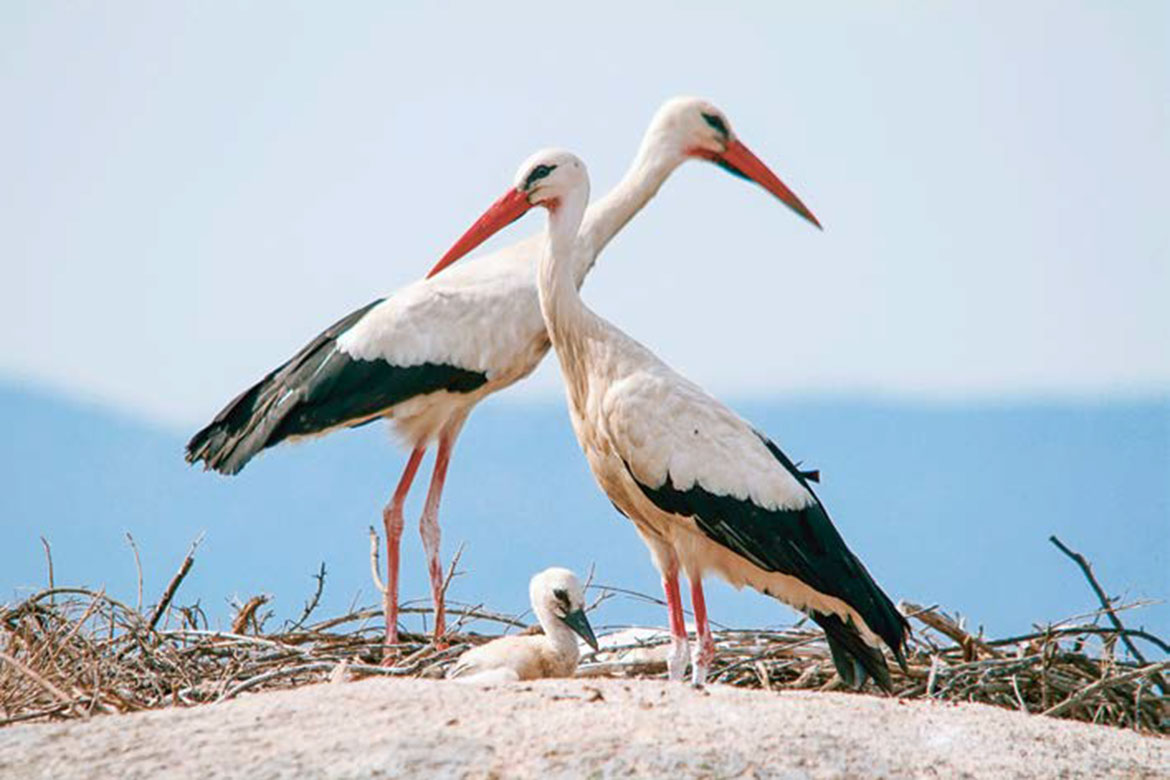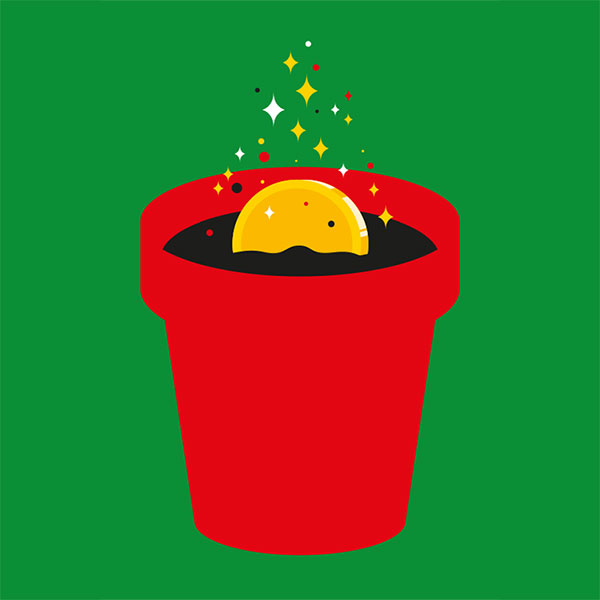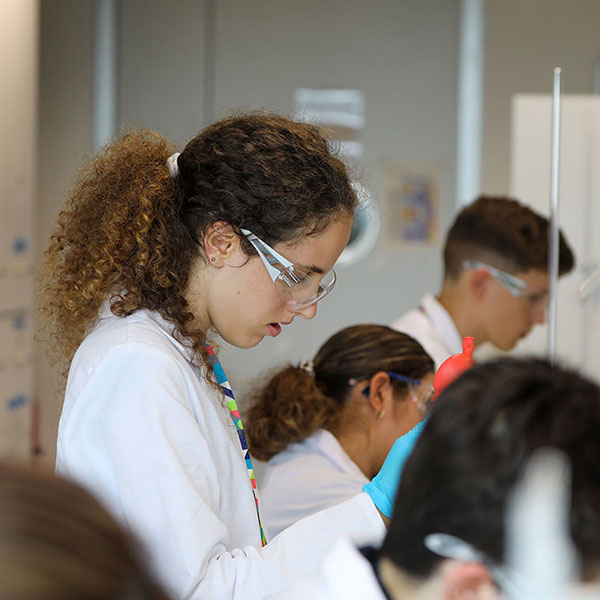In the picture
Mathematical ruby
Thanks to visualisation software and with his daughter’s help, a maths professor at ETH Zurich has transformed a Master thesis into an art project.
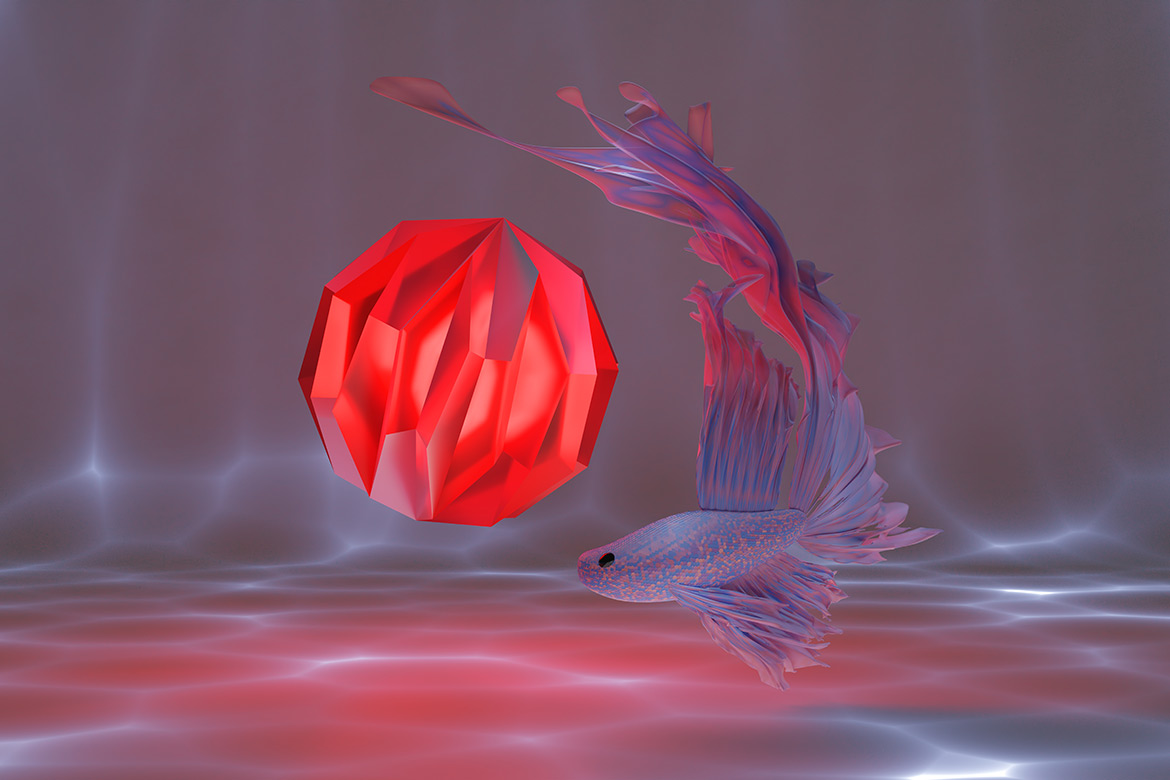
Art and science sometimes take to each other like a fish to water. | Image: Nina Hungerbühler, Norbert Hungerbühler, Marcel Pirron
“At first, we didn’t know how we might illustrate the results of this Master thesis”, says Norbert Hungerbühler, a maths professor at ETH Zurich. He and his student Marcel Pirron discovered a series of regular solids including the one shown here as a bright-red ruby. These so-called ‘monohedral polyhedra’ are characterised by having exactly congruent sides, rather like a cube.
“That’s when we had the idea of combining mathematics with art. But our initial pictures weren’t good enough to be published”. Hungerbühler’s daughter Nina is studying at the Zurich University of the Arts, so they got together and set about solving the problem.
They worked with the open-source software Blender. It allowed them to specify parameters such as lighting, material properties and the camera angle. “We wanted to put this polyhedron under water”, says Hungerbühler Sr. To achieve this, they had to calculate the typical light reflections. They also added a fish to help with recognition, which they based on a model by a Blender artist. “The fish was the most time-consuming part. My daughter studied a twelve-hour tutorial to be able to do it”. It took a powerful ETH computer two hours to calculate the image. Then it took almost two weeks for them to play around with the different results until they got it right.
This ruby polyhedron has 74 corners, 144 edges and 72 congruent quadrilaterals that are its faces. If you turn it one ninth of a revolution along a near-vertical axis, it looks exactly the same again. “It didn’t work well as a stone or using moss-like material”, says Hungerbühler Sr. “To get the best contrast underwater, it has to be red and luminescent. That’s how we came up with the ruby”. Along with other regular polyhedra made of marble, charcoal, amber and mother-of-pearl, the trio of father, daughter and student together submitted it for publication in the Journal of Mathematics and the Arts.

